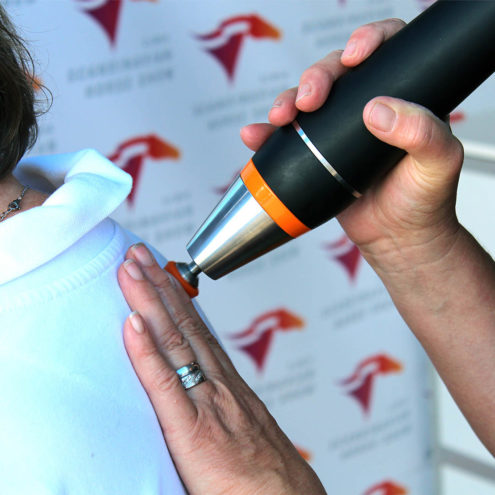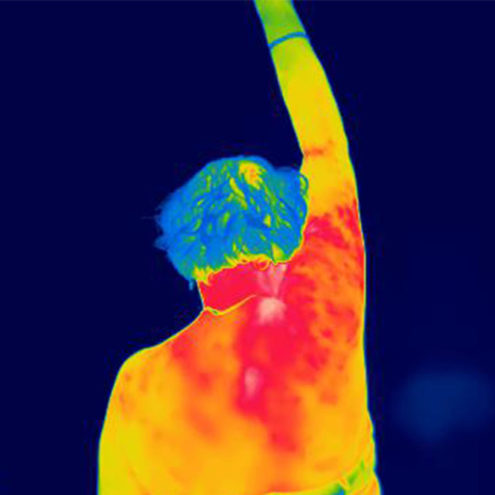Symptoms of Brain Hemorrhage

A brain hemorrhage is a serious medical emergency that requires immediate attention. Recognizing the symptoms of a brain hemorrhage and understanding its causes can be crucial to saving lives and reducing long-term damage. In this article, we will explore what brain hemorrhage is, its types, causes and risk factors, as well as common symptoms. We will also discuss when it is necessary to seek emergency care.
What is a brain hemorrhage?
Description of brain hemorrhage and its types
A brain hemorrhage occurs when a blood vessel in the brain bursts and causes bleeding in the brain tissue. This can lead to swelling and increased pressure within the skull, damaging brain cells. Brain bleeds can be divided into several types depending on where the bleeding occurs:
Intracerebral hemorrhage: This is the most common type of brain hemorrhage and occurs when a blood vessel ruptures inside the brain tissue. It leads to blood pooling directly in the brain, damaging the brain cells.
Subarachnoid hemorrhage: This type of bleeding occurs between the meninges pia mater and arachnoid. It can lead to a sudden and severe headache.
Subdural hemorrhage: This means that a hemorrhage in the space between the dura mater and the arachnoid. Subdural hemorrhage is often the result of head trauma.
Epidural hemorrhage: This type of bleeding occurs between the skull and the dura mater and is usually caused by trauma that damages blood vessels near the skull.
Causes of brain hemorrhage and risk factors
There are several causes and risk factors that can lead to a brain hemorrhage:
High blood pressure: Chronically high blood pressure can weaken the walls of blood vessels, increasing the risk of them rupturing.
Trauma: Head injuries from falls, car accidents, or sports injuries can cause brain hemorrhages.
Aneurysm: A weak spot in an artery wall that can rupture and cause bleeding.
Blood vessel malformations: Congenital malformations of blood vessels in the brain can increase the risk of bleeding.
Blood disorders: Diseases that affect the blood’s ability to clot can lead to bleeding.
Alcohol and drug abuse: Excessive alcohol intake and use of drugs such as cocaine can increase the risk of brain bleeding.
Smoking: Smoking damages blood vessels and increases the risk of high blood pressure and aneurysms.
Common symptoms of cerebral haemorrhage
Sudden and severe headache
One of the most prominent symptoms of a brain hemorrhage is a sudden and very severe headache. This headache is often described as the worst headache ever experienced and can occur very quickly.
Loss of consciousness or loss of consciousness
Loss of consciousness or loss of awareness are serious signs of a brain hemorrhage. The person may appear confused, disoriented or slow to react to their surroundings. In some cases, the person may become completely unconscious.
Paralysis or numbness in the face, arm or leg (especially on one side of the body)
Paralysis or numbness in the face, arm or leg, especially on one side of the body, are common symptoms of a brain hemorrhage. This can be similar to the symptoms of a stroke and is a sign that the motor areas of the brain are affected.
Speech or visual impairment
Speech problems, such as slurred speech or difficulty finding words, and vision problems, such as double vision or loss of vision in one eye, can occur with a brain hemorrhage. These symptoms indicate that the areas of the brain that control speech and vision are affected.
Nausea, vomiting, or seizures
Nausea, vomiting and seizures can also be signs of a brain hemorrhage. These symptoms can occur because of the increased pressure within the skull that affects brain function.
When should you seek emergency care?
If symptoms of a brain hemorrhage are suspected, it is important to seek immediate medical help in the emergency room.
If you or anyone else experiences symptoms of a brain hemorrhage, it is important to seek medical help immediately. Do not hesitate to call 112 or go to the nearest emergency room. Brain hemorrhages are life-threatening and require prompt treatment.
Early diagnosis and treatment can be crucial to minimize damage and maximize the chance of recovery.
Time is a critical factor in brain hemorrhages. Getting medical care as quickly as possible can reduce the risk of long-term brain damage and increase the chances of a full recovery. Treatment may include medication to control blood pressure, surgery to remove blood clots or repair damaged blood vessels, and intensive care to manage complications.
Understanding the symptoms of a brain hemorrhage and knowing when to seek medical attention is crucial to saving lives and improving prognosis. If you or someone you know is experiencing symptoms of a brain hemorrhage, do not hesitate to seek emergency medical help. It can make a crucial difference in the outcome of this serious condition.
 Search
Search


































